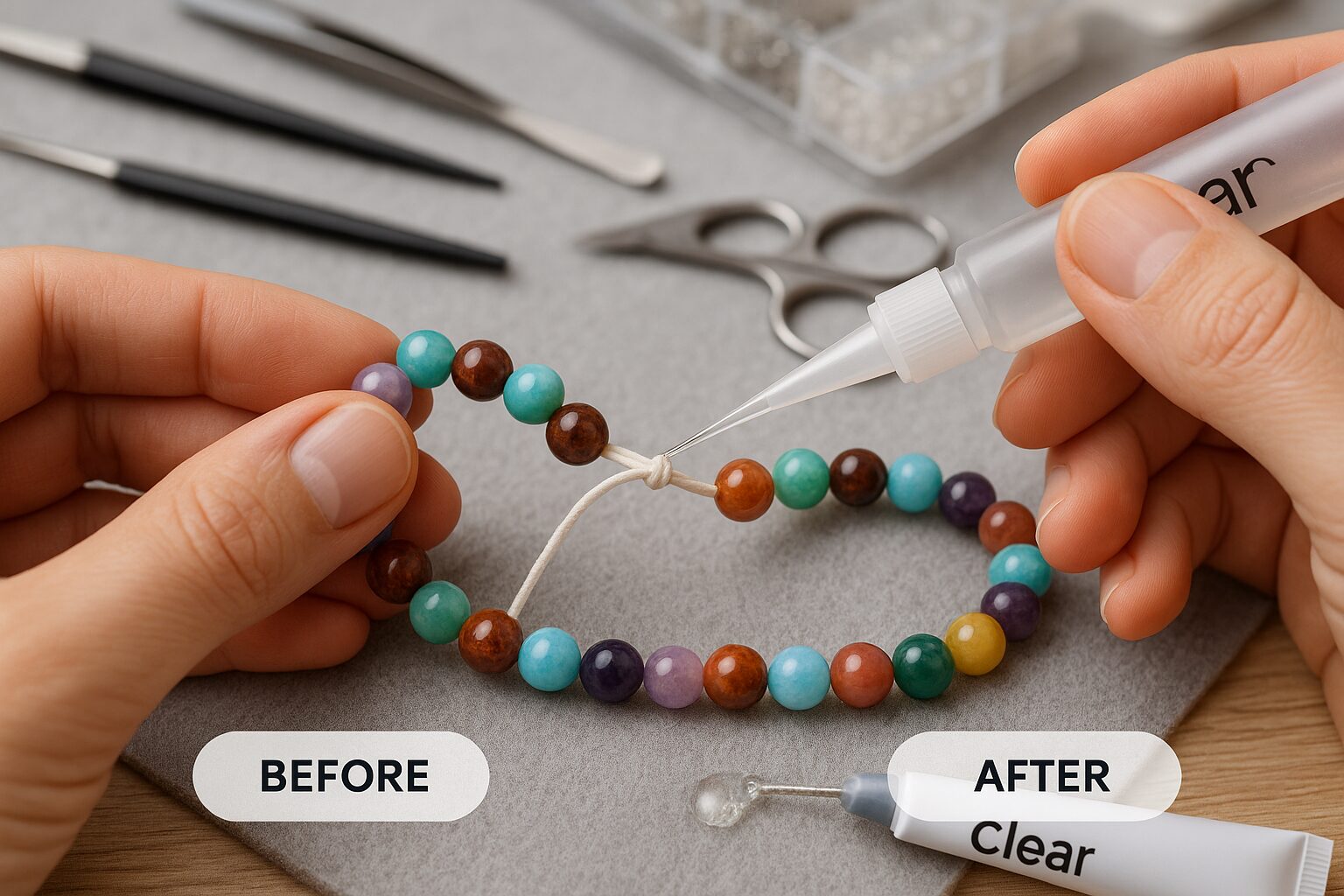Impact-resistant adhesives are game-changers for industries where durability under stress is non-negotiable. From automotive crash protection to aerospace assemblies, these adhesives ensure bonds that withstand sudden forces without failing. At GH1200, we’re diving into the science behind impact-resistant adhesives, explaining how they work, and offering insights to help you choose the right one for your needs. Let’s explore the mechanics, chemistry, and applications of these powerful bonding solutions.

What Are Impact-Resistant Adhesives?
Impact-resistant adhesives are specialized bonding agents designed to absorb and dissipate energy from sudden impacts, vibrations, or shocks. Unlike standard adhesives that may crack or delaminate under stress, high-shear adhesives maintain their bond integrity, making them ideal for high-stress environments. They’re commonly used in industries like automotive, aerospace, and construction, where safety and reliability are critical.
Industrial adhesives are different and therefore, you must have proper information before making a decision.
The Science Behind Impact-Resistant Adhesives
The effectiveness of impact-resistant adhesives lies in their unique chemical and mechanical properties. Here’s a breakdown of the science:
1. Energy Absorption and Dissipation
Impact-resistant adhesives are engineered to absorb kinetic energy from shocks. They achieve this through a combination of elasticity and toughness. For example, polyurethane-based adhesives have a flexible polymer matrix that stretches under impact, dissipating energy across the bond rather than allowing it to concentrate and cause failure. This elasticity ensures the adhesive can return to its original shape after the impact, maintaining the bond.
2. Molecular Structure and Cross-Linking
The molecular structure of these adhesives plays a crucial role. High cross-linking density in the polymer chains, as seen in epoxy adhesives, enhances their strength and resistance to deformation. However, impact-resistant adhesives often balance cross-linking with flexibility. For instance, acrylic adhesives incorporate rubber-like particles into their structure, which act as micro-shock absorbers, distributing stress evenly across the bond line.
3. Viscoelastic Properties
Impact-resistant adhesives exhibit viscoelastic behavior, meaning they combine viscous (energy-dissipating) and elastic (energy-storing) properties. This dual nature allows them to absorb impact energy while maintaining structural integrity. Silicone-based impact-resistant adhesives, for example, excel in this area, making them suitable for applications involving repeated vibrations, such as in heavy machinery.
Another good example is to check the detailed comparison of Structural vs. Non-Structural Adhesives.
4. Adhesion to Substrates
Strong adhesion to various substrates—like metals, composites, and plastics—is critical for impact resistance. Adhesives achieve this through chemical bonding and mechanical interlocking at the surface level. Surface preparation, such as cleaning or roughening, enhances this bond, ensuring the adhesive can transfer stress effectively without peeling or delaminating.
Learn more about substrate compatibility in our article on choosing adhesives for harsh environments.
Key Features of Impact-Resistant Adhesives
When selecting an impact-resistant adhesive, understanding its key features can help you make an informed decision:
- High Peel and Shear Strength: These adhesives resist peeling and shearing forces, ensuring the bond holds under impact. For example, a shear strength of 20 MPa or higher is common for high-performance acrylic adhesives.
- Flexibility: Unlike rigid adhesives, impact-resistant options remain flexible, preventing brittle failure. Polyurethane adhesives, for instance, can elongate up to 200% without breaking.
- Thermal and Chemical Resistance: Many impact-resistant adhesives also withstand heat and chemicals, making them versatile for harsh environments. Epoxies, for example, resist temperatures up to 200°C (392°F) while maintaining impact resistance.
- Fast Curing Options: For production efficiency, some adhesives, like UV-curable acrylics, cure in seconds, offering a rigid bond that still absorbs impact.
Applications of Impact-Resistant Adhesives
Impact-resistant adhesives are used in a variety of high-stakes applications:
- Automotive Industry: Bonding crash-resistant components like bumpers and structural frames. These adhesives enhance vehicle safety by maintaining bonds during collisions.
- Aerospace: Securing lightweight composites in aircraft that face turbulence and vibrations. Impact-resistant adhesives ensure safety without adding weight.
- Construction: Bonding materials in earthquake-prone areas, where structures must endure sudden shocks. Adhesives like polyurethanes are often used for their flexibility and strength.
- Electronics: Protecting circuit boards from drops and vibrations. Impact-resistant adhesives prevent component failure in devices like smartphones and wearables.
For more on adhesives in extreme conditions, see our post on heat-proof adhesive solutions.
How to Choose the Right Impact-Resistant Adhesive?
Selecting the right adhesive depends on your specific application. Here are some tips:
- Assess the Impact Level: Determine the force your bond will face. For high-impact scenarios, like automotive crash zones, opt for adhesives with high peel strength, such as acrylics or polyurethanes.
- Consider Environmental Factors: If your application involves heat, moisture, or chemicals, choose an adhesive with additional resistance properties. Epoxy-based options are a great choice for chemical resistance.
- Match the Substrate: Ensure the adhesive bonds well with your materials. For composites, acrylic adhesives often provide the best adhesion.
- Evaluate Curing Time: For fast production, UV-curable adhesives are ideal. For stronger bonds in heavy-duty applications, two-part epoxies may be worth the longer cure time.
Why Trust GH1200 for Impact-Resistant Adhesives?
At GH1200, we provide cutting-edge adhesive solutions tailored for demanding applications. Our impact-resistant adhesives are tested for durability, ensuring they perform under the toughest conditions. Whether you’re in automotive, aerospace, or electronics, we have the expertise to help you find the perfect bonding solution.
Ready to explore our range of impact-resistant adhesives? Contact us today for expert advice and high-performance products.
FAQs
What makes an adhesive impact-resistant?
Impact-resistant adhesives have a flexible, energy-absorbing structure that dissipates shock and prevents bond failure. Their viscoelastic properties and tough polymer matrix are key to their performance.
Can impact-resistant adhesives also withstand heat?
Yes, many impact-resistant adhesives, like epoxies and silicones, offer heat resistance alongside impact resistance, making them suitable for harsh environments.
How do I apply impact-resistant adhesives for the best results?
Clean and prepare surfaces thoroughly, apply the adhesive evenly, and follow the manufacturer’s curing instructions. Testing the bond in your specific conditions is also recommended.





